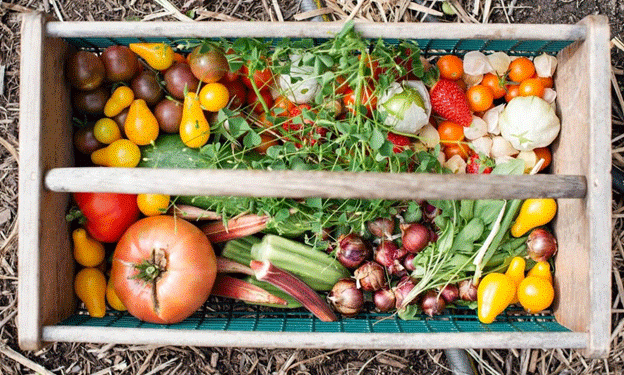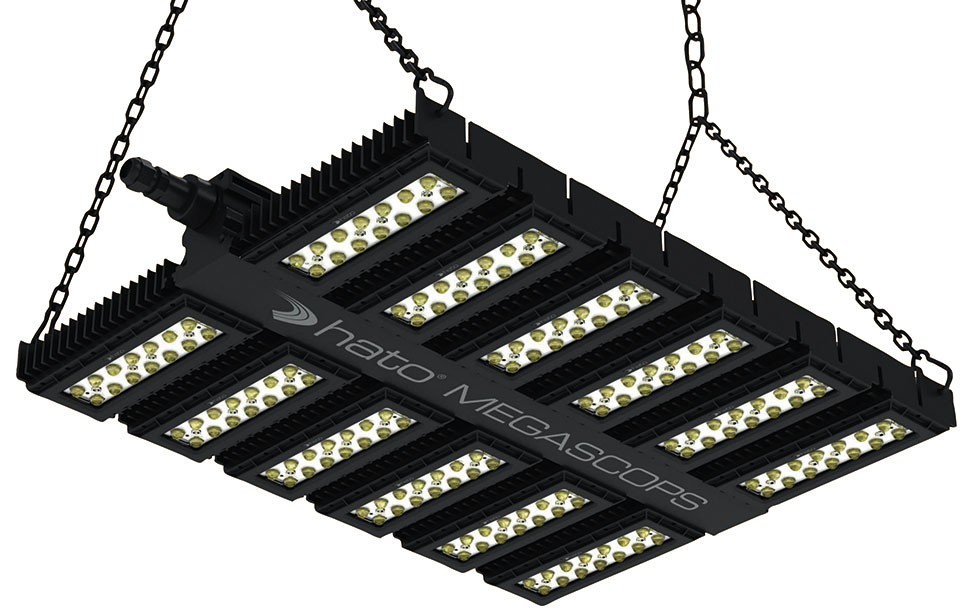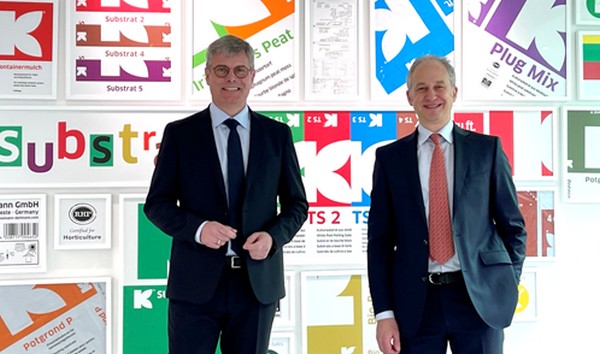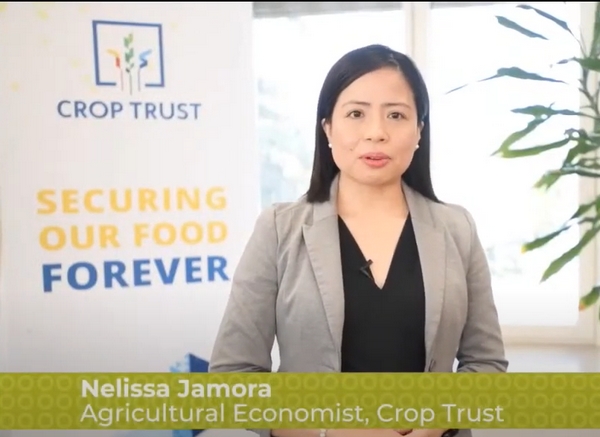Researchers at Perm Polytechnic University have developed a comprehensive computer model for a fully automated “smart” greenhouse system. This model integrates sensors and control mechanisms to monitor and adjust environmental factors such as humidity and temperature, aiming to optimize crop yields. The initiative addresses the current underutilization of seed yield potential in Russia, which stands at only 20-30%, due to variables like human error, weather fluctuations, and inconsistent irrigation.
The concept of a “smart” greenhouse parallels that of a “smart” home, encompassing an automatic control system equipped with specialized sensors, actuators, and microcontrollers. These components work in unison to collect data, analyze information, and execute commands to maintain optimal growing conditions. While some companies have developed individual elements of such technology, a fully integrated system accessible to end-users has been lacking.
The model proposed by Perm Polytechnic University represents a significant advancement in greenhouse automation. By embedding sensors within the greenhouse structure, the system can continuously monitor internal climate parameters and make real-time adjustments to create ideal conditions for plant growth. The computer model, developed using the MatLab Simulink environment, comprises four interconnected modules: temperature control, humidity regulation, irrigation management, and lighting control. Each module interfaces with devices responsible for maintaining specific environmental conditions. For instance, the temperature control module utilizes data from sensors to assess the internal climate, compares it to predefined optimal values, and adjusts heating or cooling systems accordingly.
This development aligns with global trends in controlled-environment agriculture (CEA), which employs technology-based approaches to optimize crop production. CEA systems, including greenhouses, utilize horticultural and engineering techniques to maintain ideal growing conditions, thereby enhancing yields and enabling year-round cultivation. The integration of automated systems for climate control, irrigation, and lighting is central to the success of CEA, as it allows for precise management of the growing environment.
The implementation of fully integrated smart greenhouse systems offers numerous benefits, including increased efficiency, reduced labor costs, and improved crop quality. By minimizing human intervention and mitigating the impact of external factors, these systems can significantly enhance the realization of seed yield potential. As the agricultural sector continues to embrace automation and digitalization, such innovations are poised to play a crucial role in meeting the growing global demand for food.
The development of a fully integrated smart greenhouse model by Perm Polytechnic University marks a significant step forward in agricultural automation. By leveraging advanced technologies to monitor and control environmental conditions, this system has the potential to substantially increase crop yields and contribute to sustainable agricultural practices. As the industry moves towards greater adoption of controlled-environment agriculture, such innovations will be instrumental in addressing the challenges of food production in a changing world.










